There are many plastic containers on the market, plastic cups, plastic lunch boxes, plastic bottles... These plastic containers are all things we frequently touch every day. How do you choose them? In fact, these plastic containers are code-named, they also have "identity cards". of. Different codes represent different uses, you don't want to care!

What kinds of plastic containers are there?
Each plastic container has an "identity card", usually at the bottom of the plastic container. This is the recycling mark for plastic products, which is formulated by the relevant agencies of the US plastics industry. This set of markings will be marked on the container or package, from No. 1 to No. 7, each number representing a plastic container. When buying plastic containers, consumers can identify them through the triangle recycling mark. The following are the codes for commonly used plastic products:
 Polyethylene terephthalate
Polyethylene terephthalate
The container made of this material is a common plastic bottle filled with soda water, also known as "Boute bottle", which is heat-resistant to 70 ° C, easily deformed, and has harmful substances to the human body. This plastic container should not be placed in the car to basking in the sun, nor should it contain alcohol, oil, etc.
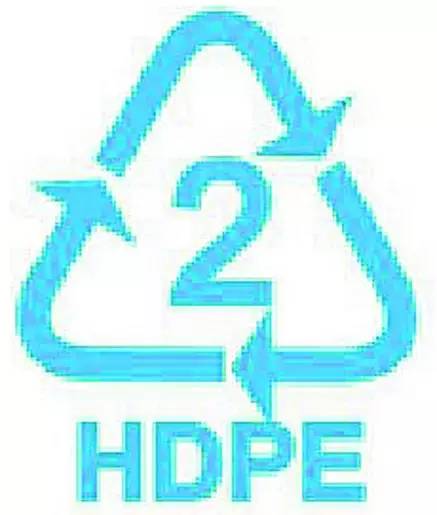 High-density polyethylene
High-density polyethylene
Containers containing detergents, shampoos, shower gels, cooking oils, pesticides, etc. are mostly made of HDPE. Most of the containers are opaque and feel like wax. It is not recommended to use such a container as a water cup, or to store other items in the storage container, and not to recycle.
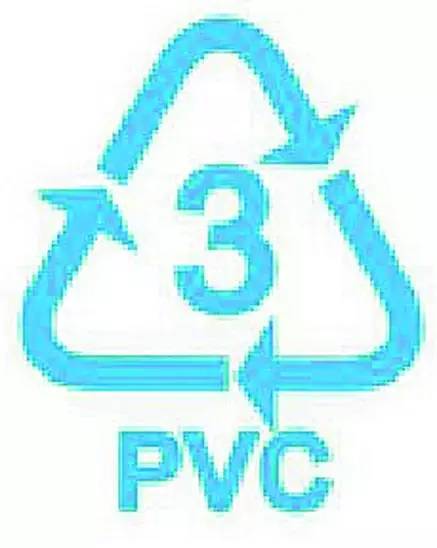 Polyvinyl chloride
Polyvinyl chloride
It is mostly used to manufacture water pipes, raincoats, school bags, building materials, plastic films, plastic boxes and other utensils. PVC is excellent in plasticity and low in price, so it is very common to use, but it is easy to cause harmful substances to precipitate at high temperatures, and is rarely used for food packaging. These containers are difficult to clean and residue, and should not be recycled.
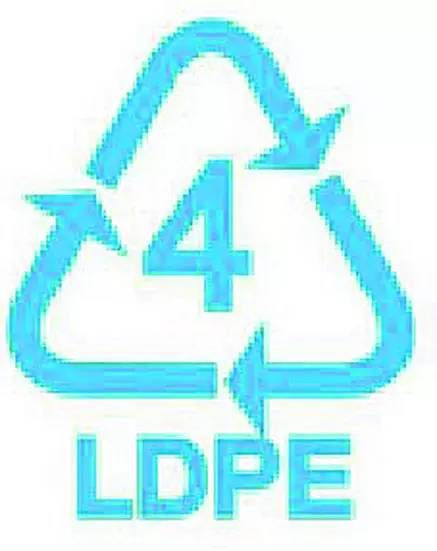 Low-density polyethylene
Low-density polyethylene
It is suitable for various molding processes of thermoplastic molding processing and has good molding processability. LDPE is mainly used as a film product, and is also used in injection molding products, medical appliances, pharmaceutical and food packaging materials, blow molding hollow molded products, and the like. However, the plastic wrap made of LDPE does not enter the microwave oven.
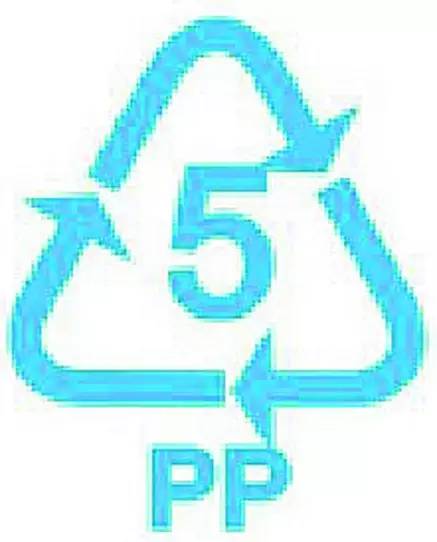 Polypropylene
Polypropylene
It is used in the manufacture of food containers for buckets, trash cans, baskets, baskets and microwave ovens. With a melting point of up to 167 ° C, PP is the only plastic box that can be placed in a microwave oven and can be reused after careful cleaning. It should be noted that some microwave lunch boxes are made of No. 5 PP, but the cover is made of other plastics. Since most other plastics cannot withstand high temperatures, they cannot be placed in the microwave oven together with the case.
 Polystyrene
Polystyrene
Due to the low water absorption of PS, it is mostly used in the manufacture of building materials, toys, stationery, rollers, as well as cup boxes or disposable tableware for instant drinks, such as common bowl noodles boxes and fast food boxes. PS containers should not be placed in the microwave to prevent release of chemicals due to excessive temperatures. When the PS container is filled with acid or alkaline substances, it will decompose carcinogens. Avoid using hot food boxes to pack hot food, and don't use microwave ovens to cook instant noodles.
 other
other
Mainly polycarbonate (PC), commonly found in kettles, space cups, and bottles.
How to choose?
When buying a lunch box, the number in the triangle below is preferably one of 5, 6, and 7, because of the higher security. If the lunch box is to be exothermic and long-term use, it is generally good plastics such as 5 or 7. If the lunch box used is a cool food or a food at room temperature, you can use a lower-priced lunch box, basically do not need to see what material. However, if you need to discharge such a liquid, you need to use one of 5, 6, and 7 at room temperature. For example, plastic No. 1 will release harmful substances in bottles over one year at normal temperature. If the lunch box is to be heated in a microwave oven, you need to buy PP plastic, which is No. 5.
Be optimistic about the plastic lunch box with or without damage or scratches. In order to be durable, a general lunch box will add some ingredients to improve the physical properties of the lunch box. Do not buy if there is damage, there are a lot of deep scratches or scratches.
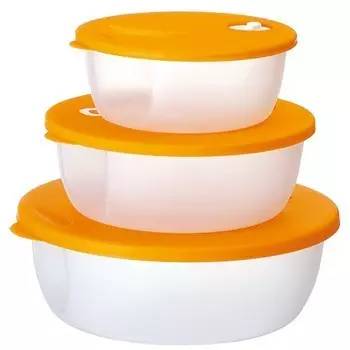
What other options?
With the improvement of people's living standards and the awareness of environmental protection and health, everyone's requirements for plastic containers are getting higher and higher. The food used for food should be healthy and environmentally friendly. Therefore, the plastics industry has also been on the road of constantly developing new products.
Danish food packaging manufacturer Faerch Plast and Colpac have developed a new food packaging container for Tesco with fresh and convenient food manufacturer Bakkavor. Don't underestimate this container, which is made from a blend of crystalline PET and cardboard that allows the meat to be heated before it is placed on a high temperature storage station. Compared to standard CPET products, this container reduces material by 30%, and the edges of the inner and outer trays and cardboard or plastic are fully recyclable.
The research team at Bayreuth University in Germany used a terpene oxide extracted from orange peel to synthesize carbon dioxide to obtain a polycarbonate material called PLimC. PLimC is heat-resistant, transparent and high-strength. It differs from ordinary polycarbonate in that it does not contain harmful substance bisphenol a. Use this material to make plastic bottles, plastic bags or other containers that you can use with confidence.
In addition, PETG plastics have been commercially available. Such plastic containers have good application prospects in the packaging of cosmetics and personal care products. Its outstanding advantages are: surface gloss, comfortable hand, gorgeous color and transparent color, chemical resistance, impact resistance and toughness. After anti-UV treatment, transparency remains unchanged. Its easy processing, recyclable and environmentally friendly performances are more in line with the requirements of modern manufacturers, and can also meet the high demands of consumers on the outer packaging of goods.
Adding a certain proportion of nano-materials to the raw materials for the production of plastic containers can improve the chemical properties of plastic containers, especially the barrier properties, chemical resistance and UV resistance, and the toughness of the containers is also strengthened. . This type of material can be used directly to blow bottles of beer and cosmetics.
|
Thickness
|
0.08mm – 0.80mm(80micron – 800micron)
|
|
Width
|
100mm – 1400mm
|
|
Colors
|
Transparent ,Glass clear ,Clear with blue tint,Amber color ,Orange color ,White color
Blue color ,Brown color ,Pink color ,Green color,Yellow color |
|
Transparency
|
Transparent,semi-transparency,opaque
|
|
Surface
|
Glossy
|
|
Form
|
by roll or cut sheet form
|
|
Hardness
|
Rigid
|
|
Outer diameter
|
≤700mm
|
|
Inner core diameter
|
3"(76mm)
|
√ Excellent clarity & transparency
√ Excellent thickness control
√ Excellent formability (normal & deep-draw packages)
√ Superior sealing
√ Excellent impact strength
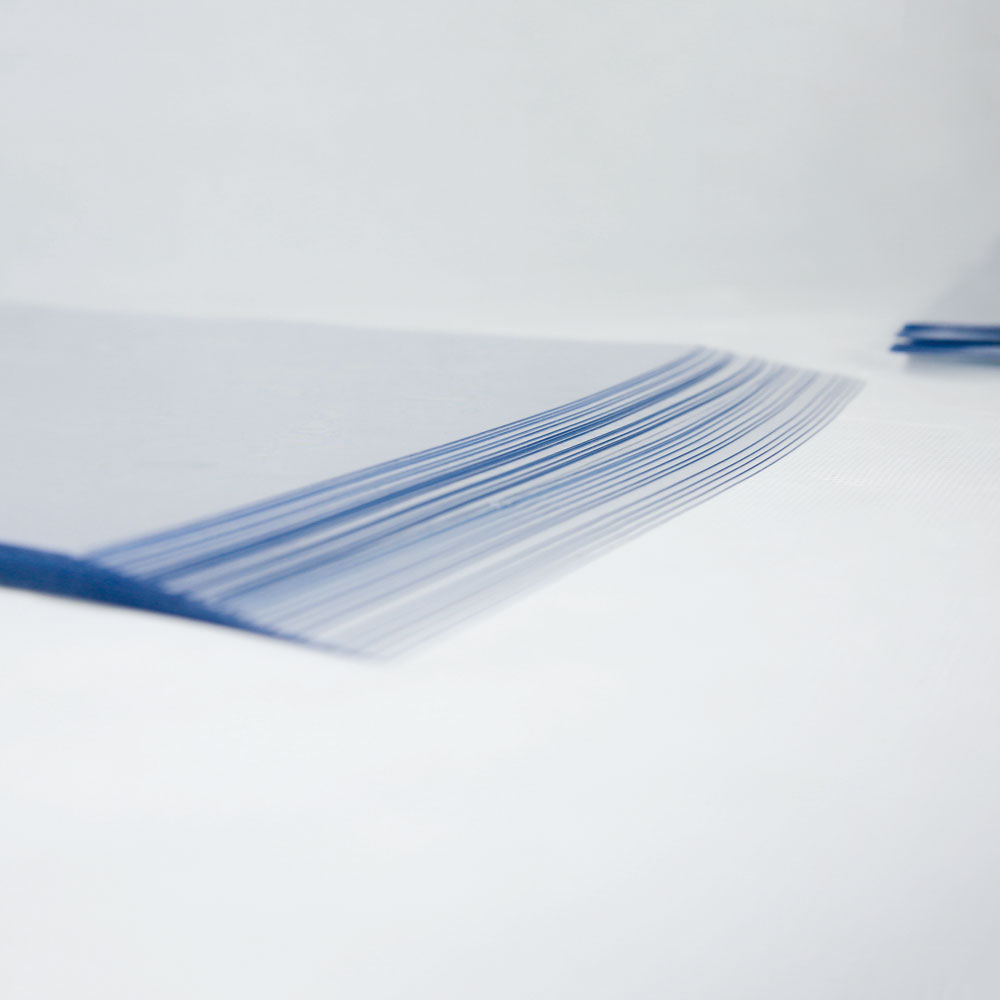
Blister Pvc,Pharma Blister Pvc,Pharma Packaging Pvc,Pvc Blister Packaging
Shandong Top Leader Plastic Packing CO., LTD , https://www.sdzlplastic.com
